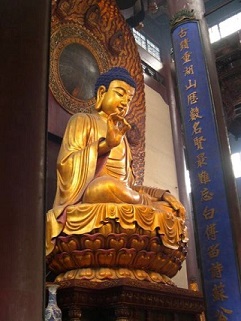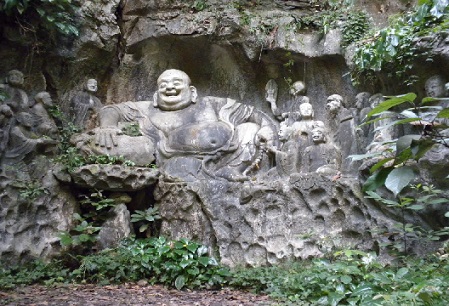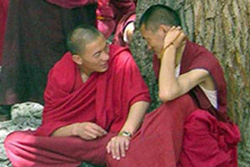
Explore! Hangzhou: Lingyin Si
Located north-west of West Lake in Hangzhou, Lingyin Si (Temple of the Soul’s Retreat) is one of the ten most significant ancient temples of Zen Buddhism in China.
Lingyin Temple was built in 328 AD, and has a history of over 1685 years. Destroyed and rebuilt no less than 16 times, the present Temple reflects late Qing Dynasty design.
On August 26, 1966, a portion of the Red Guards of Hangzhou in the name of sweeping away the Four Olds, (old culture, customs, habits and traditional beliefs) targeted Lingyin Temple and threatened to dismantle the temple and destroy all the Buddhist statues.
On that day, thousands of workers, farmers and students automatically gathered and remained at the front gate and the rear gate of Lingyin Temple to protect it from The Red Guards’ destruction. Fierce debates and armed conflict ensued between opposing factions.
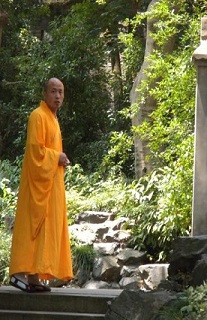
Urgent appeals were made to Premier Zhou Enlai to save this sacred site from the impending destruction. He eventually closed down Lingyin Temple by governmental order. While Lingyin Temple was protected successfully, it did sustain defacement of some easily accessible carvings.
During this crisis, the monks of the temple, despite capture, humiliation and persecution, made great efforts to protect the Temple and its contents. On the one hand, these monks publicized the announcement of the State Council, and on the other hand, bought portraits of Chairman Mao and pasted them on the Buddhist statues to protect them from destruction by the Red Guards. Few foreigners realize how many died to protect this and other sacred sites in China.
Located directly in front of Lingyin Temple is Fei Lai Feng (Peak Flown from Afar). The peak is so-named because it is made of limestone, giving it a craggy appearance; very different geologically from the surrounding sandstone mountains.
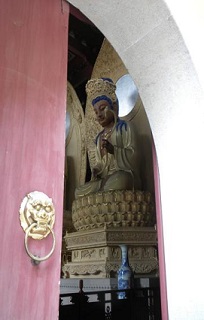
Legend holds that the peak was originally from India but flew to Hangzhou overnight as a demonstration of the omnipotence of the Buddha.
The caves of this mountain shelter about 330 stone statues dating from the 10th to the 14th centuries. The statues appear in a variety of poses ranging from standing, to sitting, to sleeping.
A favorite may be the Laughing Buddha, sitting on the cliff beside the stream with exposed breast and belly. If you wonder why he has such a big belly, there is a famous couplet that states: “His big belly contains all that cannot be bore in the world; He laughs at the man who deserves to be laughed at on the earth.”
This life-like statue is the largest one of all the statues on Fei Lai Feng, and the earliest Laughing Buddha carved in China.
|

